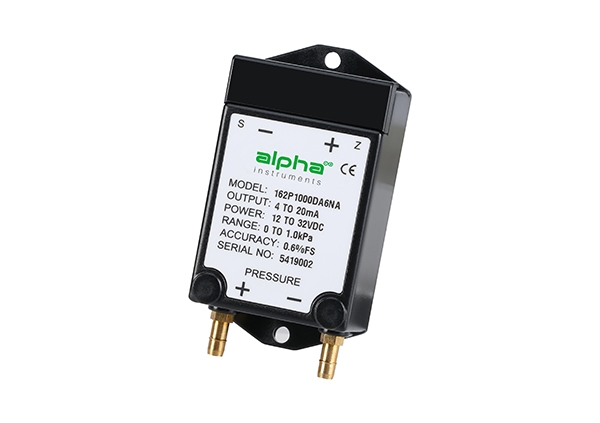The low differential pressure sensor divides the pressure into two types: positive pressure and negative pressure. The former is used for protective isolation, and the latter is used for isolation and control of infectious diseases transmitted through the air. For example, hospital wards, operating rooms, pharmacies, clean rooms for pharmaceuticals and semiconductor production, life science laboratories, and animal and botanical gardens use positive pressure protection, while the hospital wards for tuberculosis, measles, chickenpox, or SARS patients and biosafety laboratories are isolated by negative pressure to form a protective space for the public.
The low differential pressure sensor, also called negative pressure sensor / positive pressure sensor, is used to accurately measure the small pressure difference between the key area and the adjacent area (usually the adjacent corridor or lobby). These pressure gradients can prevent airborne infectious diseases or pollutants from spreading from the protected area to the contaminated area, and vice versa.
The critical medical environment has the characteristics of extremely low differential pressure measurement, with a full scale of 25Pa (0.0036 PSI). With the increasing importance of building energy consumption, the environmental differential pressure requirements are continuously decreased under the premise of ensuring safety.



